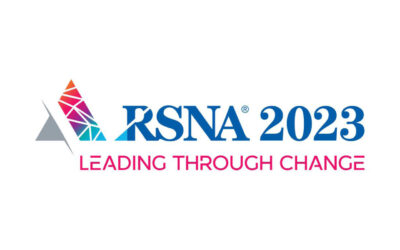 By Keith Chew
By Keith Chew
The health care industry has many safeguards to ensure high-quality care is provided throughout our nation’s hospitals. Yet, medical errors continue to harm an estimated 1.2 million individuals each year. Throughout the managing medical errors series, we’ve explored how other industries use AI to mitigate human error. A quick recap includes:
Credit card companies find and manage fraud using AI to detect abnormal behaviors
The airline industry’s dual approach to errors uses a systematic checklist to limit avoidable mistakes and a confidential error reporting system to ensure problem-solving
In the energy industry, multiple, redundant safeguards limit and prevent accidents and errors
The strategies implemented across different industries prove that technologies such as AI can help practitioners provide health care more effectively and prevent medical errors. We wrap up this final article in the series by examining ways AI can drive patient safety, improve outcomes and mitigate medical error.
AI Peer Review in the Quality Workflow
Standard throughout the health care industry, peer review is a method to double-check results and accuracy of image interpretation and, ultimately, clinical diagnosis. Working within this framework, only 3-5% of all diagnostic images receive a second review. This represents a very small slice in relation to the total volume of diagnostic imaging studies conducted each year. The standard peer review process can be enhanced by utilizing AI, enabling a second review on a much larger number of diagnostic images. Adopting AI as a second read across all imaging scans is critical in positively mitigating medical errors.
The quality workflow leverages computer vision and natural language processing to monitor for missed findings on diagnostic images. The quality workflow uses AI to highlight results of interest, identify discrepancies between imaging and documentation and positively impact the incident of errors of omission. The quality workflow is a background process, providing a review of image and documentation for possible discrepancies while not interfering with the radiologist’s workflow. Implementing the quality workflow ensures medical team members are empowered with the appropriate insights to act upon while providing timely medical care.
Rectifying medical errors goes beyond identifying a concern, follow-up communication and coordination are critical steps to ensure appropriate patient care. Using diagnostic and administrative algorithms, health care systems can manage follow-up care and specialty consultations in a robust, automated approach. For example, AI can trigger automated scheduling of follow-up visits, specialty consults, patient reminders, and preventative screening, ensuring all patients receive the same level of care based upon their medical needs.
Eliminating Bias and Addressing Health Disparities
Bias within the health care industry is well documented and guidance has been provided to address these biases in developing AI algorithms. Utilizing de-identified data from a diverse population of patients can relieve unconscious bias and improve health outcomes for all patients.
AI enables improved access to high-quality care for underserved patient populations. Delivering essential health services to less developed countries is possible through Autonomous Mobile Clinics (AMC) and AI “doctors.” The deployment of AMCs can provide high-quality, low-cost medical care to underserved communities. By improving access to care, AI can bridge the health disparities gap.
AI used in proactive health maintenance endeavors to keep people healthy, assesses risk and informs patients of the care they need before a health problem arises. This is AI functioning on a population health level, driving health equity.
Next Steps in AI Implementation
With more than 1,500 health care AI solutions available in the market today, health care systems are navigating a daunting path to systemwide AI deployment. Health systems ask, how do we give our clinicians and patients in different regions and facilities the clinical AI tools they need in a reasonable time frame without losing control of IT, security and costs?
Aligning with an Enterprise AI platform partner can address these questions and manage additional common barriers to AI implementation. A robust AI platform provides seamless implementation of a hospital’s initial AI strategy while planning for future growth.
Revisit the series online at theicecommunity.com/category/magazine/insights/chew-on-this.








